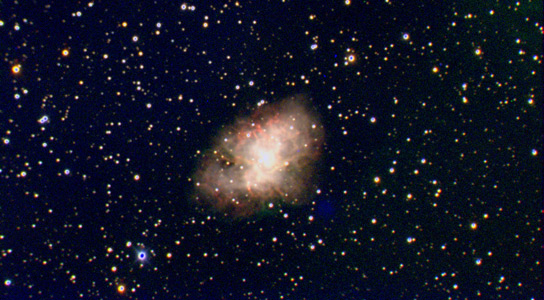
Crab Nebula is located 6,500 light-years away in the constellation Taurus
The Crab Nebula (NGC 1952) is easily visible through small telescopes, which has allowed astronomers to observe its growth and evolution, ever since its birth in the stellar fires of the supernova that created it became visible in 1054. In 1968, a pulsar was found at the center of the nebula. The rapidly rotating neutron star is the core of the star that went supernova. A new model suggests that the areas near the pulsar are acting as rapid particle accelerators, boosting electrons and heavier particles alike to speeds close to the speed of light.
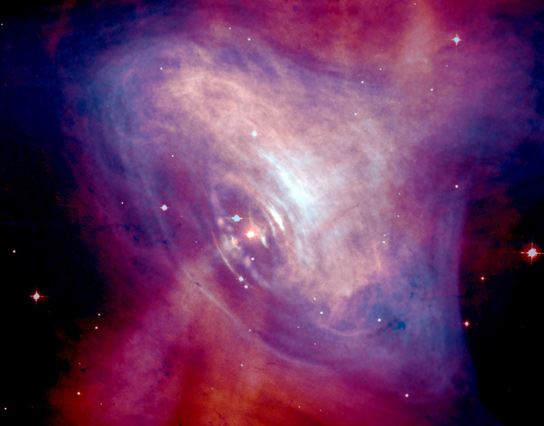
The Crab Nebula is a supernova remnant located 6,500 light-years away in the constellation Taurus, in the Perseus Arm of the Milky Way. The Crab pulsar is one of the brightest sources of gamma rays observable from Earth.
The new model was proposed by F. A. Aharonian, S. V. Bogovalov, and D. Khangulyan, in the journal Nature and hopes to explain some of the blanks missing in the previous models of this pulsar. The Crab pulsar is about 30 km (19 mi) in diameter, but contains nearly two solar masses (2 M☉). The intense gravitational influence and rapid rotation of pulsar allows them to carry enormous amounts of energy, which are typically only encountered in particle accelerators.
The pulsar wind is composed of plasma that moves very close to the speed of light. It is not yet known how the pulsar wind transitions from electromagnetic energy into the kinetic energy of fast-moving particles.
The gamma-ray signature negates the explanation of a gradual acceleration, which is why the new model indicates a rapid acceleration that results in electrons moving at the same speed as heavier particles.
The electrons and positrons driving the pulsar wind originate in the light cylinder around the Crab pulsar. The new model postulates that the electron-positron plasma cannot be moving rapidly close to the pulsar, since too much of the energy situated there is electromagnetic in nature. The pulsar wind gather momentum in a process that’s known as inverse Compton scattering.
This model is plausible for the production of high-intensity gamma-ray pulses but further observations are needed to determine if the pulsar wind acceleration and region of gamma-ray production correspond to what has been proposed.
Reference: “Abrupt acceleration of a ‘cold’ ultrarelativistic wind from the Crab pulsar” by F. A. Aharonian, S. V. Bogovalov and D. Khangulyan, 15 February 2012, Nature.
DOI: 10.1038/nature10793

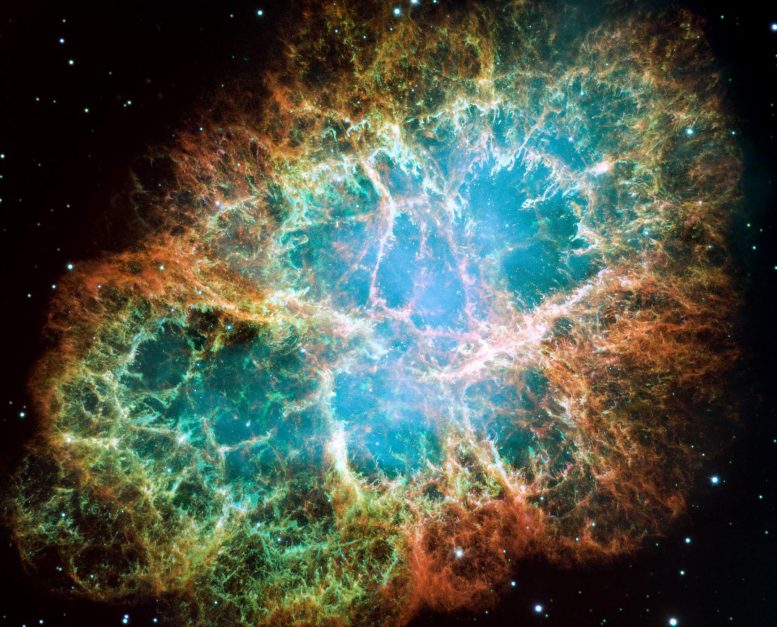

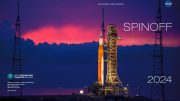
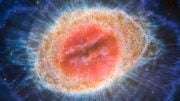
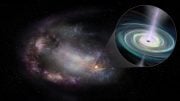

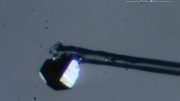

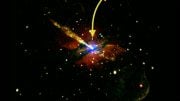
Be the first to comment on "Crab Nebula Pulsar Abrupt Acceleration is Ultrarelativistic"